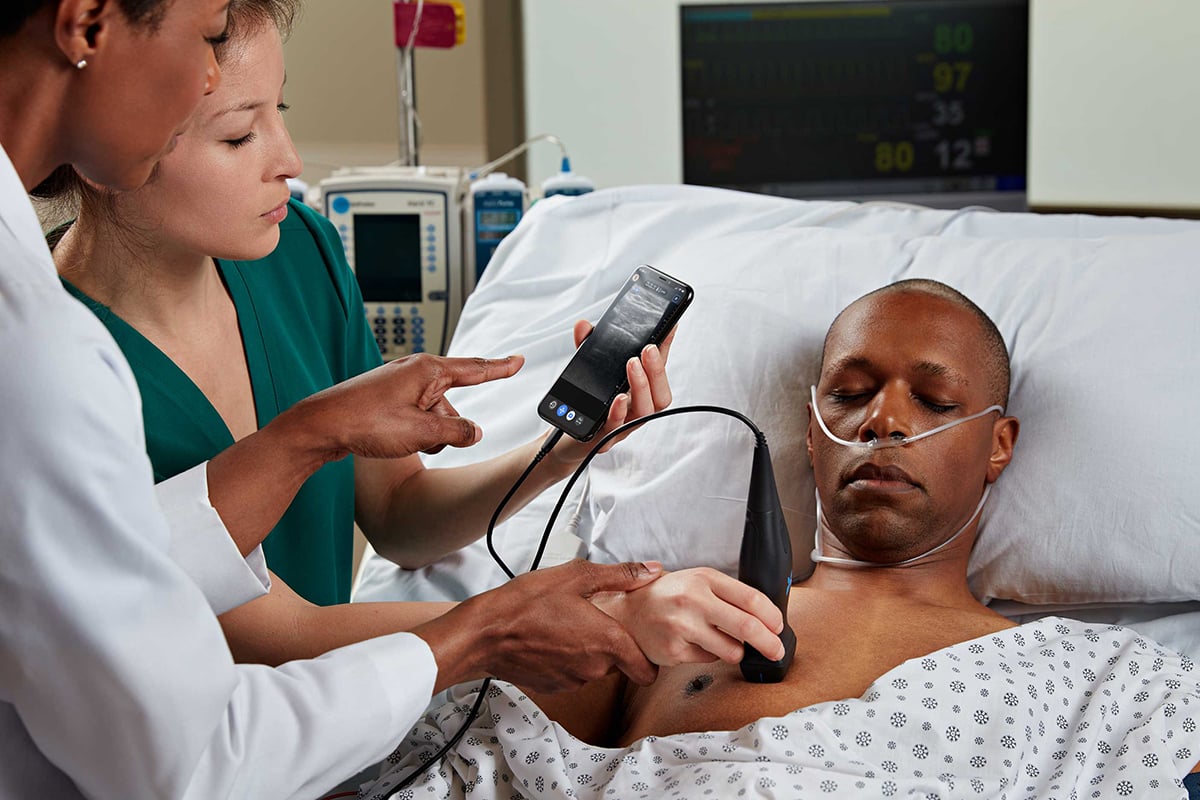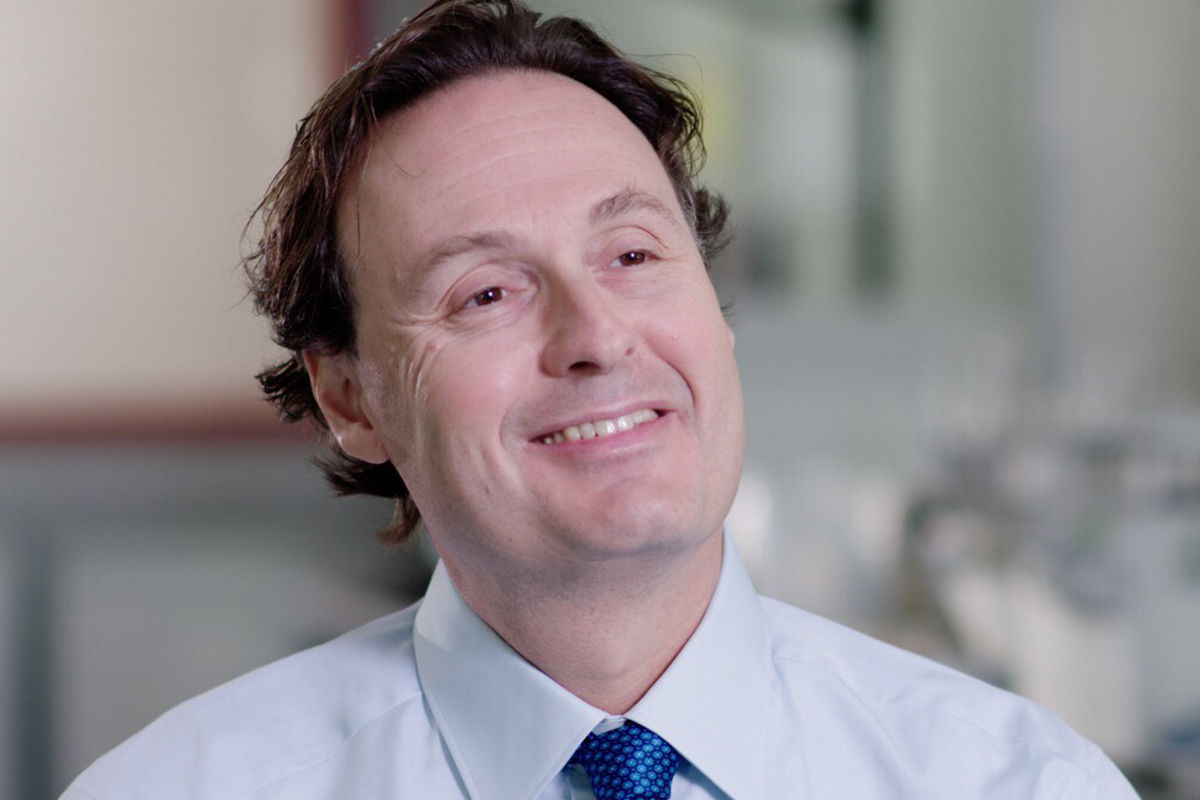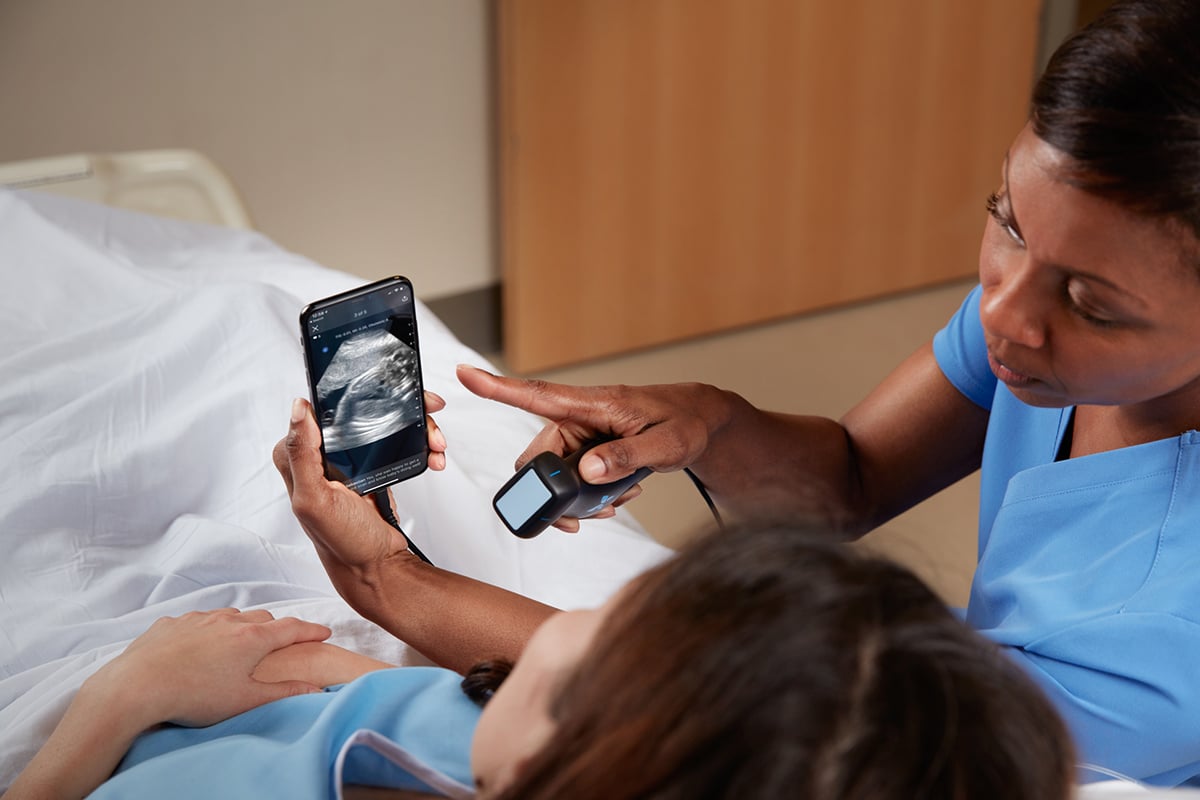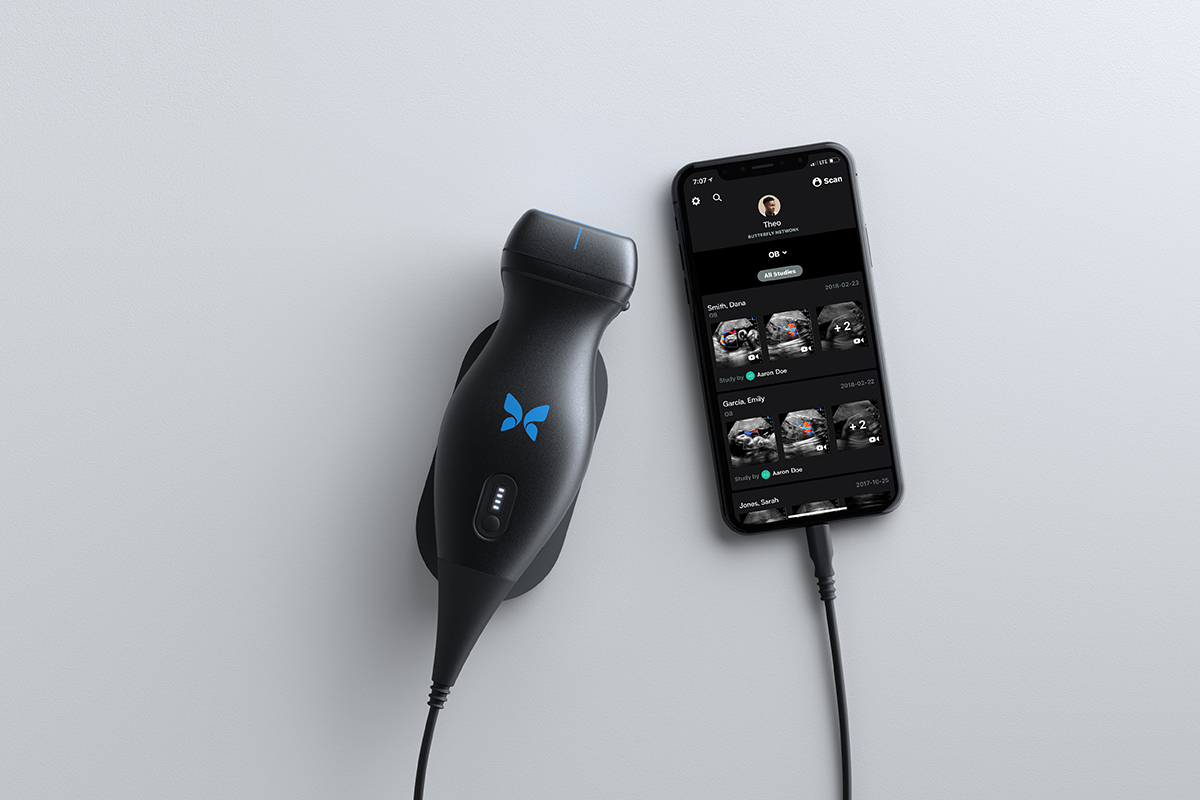The world’s first handheld ultrasound device, Butterfly iQ, will give hope to 4.7 billion people who don’t have access to medical imaging, revolutionising modern medicine.
Butterfly Network founder Dr Jonathan Rothberg invented the tool, a battery-operated device the size of an electric shaver that diagnoses abnormalities – including tumours, appearing anywhere on the body from the heart and lungs to carotid arteries – within seconds.
The concept sprouted from his own experience when his daughter was diagnosed with a form of tuberous sclerosis (a rare genetic disorder that can cause benign tumors to form) at just six months old.
“She developed tumours and cysts on her kidneys, which had to be removed through the use of high frequency ultrasound,” Dr Rothberg told The CEO Magazine. “As the tumours were first detected through MRI imaging and then treated with ultrasound, she was required to make frequent visits to numerous doctor offices for medical care.
“That experience opened my eyes to the outdated nature of ultrasound technology and the need that existed for a more accessible and intuitive solution.”
Butterfly iQ can be attached to an iPhone making it eminently portable, allowing doctors to receive timely imagery of a patient anywhere on Earth.
Dr Rothberg, who received the National Medal of Technology and Innovation by former US President Barack Obama in 2015, worked with an MIT student to put ultrasound on a single silicon chip, which replaces the delicate crystals that break if the device is dropped, while reinventing ultrasound technology from the ground up.
“The patented chip, made from an array of thousands of programmable micro-machined sensors (you can think of this as a grid of very small drums), is capable of emulating all three ultrasonic wave patterns with a single probe, all on one handheld device,” he explained. “
The innovative whole-body ultrasound system can scan different parts of the body with one probe – a gamechanger in the medical field where different probes were historically required for different areas of the body.
Butterfly iQ is faster at diagnosing abnormalities, meaning patients will be able to start treatment sooner, which will make a difference in outcomes and recovery. It is also substantially cheaper than traditional methods with prices starting under US$2,000.
“For over 50 years, the technology behind medical ultrasound has largely stayed the same with little to no innovation,” Dr Rothberg says. “These traditional systems rely on fragile, piezo crystals that are expensive to manufacture. These traditional cumbersome systems can cost upwards of US$50,000.”

And it wasn’t a fast journey. It took the team at Butterfly Network four years to perfect the technology – an effort that was backed by the likes of the Gates Foundation.
“We’re excited to have the Gates Foundation, along with Fidelity, Fosun Pharma and Jamie Dinan, invested in the future of Butterfly,” Dr Rotherberg says. “We believe in the future of ultrasound and its ability to change the industry as we know it.
“With support from organisations like the Bill and Melinda Gates Foundation, we’re inspired to make medical imaging accessible and affordable, reaching even the most remote places on earth and ushering in a new era of healthcare.”
While the device can currently be used by any healthcare professional including doctors, paramedics and nurses in the US, UK and Ireland, Butterfly iQ will be shipped to Australia in September.
The multi-award-winning scientist also hopes the device will help save lives in some of the world’s most remote African communities. Throughout partnerships with global organisations, including Bridge to Health, the scanners are being used in Uganda to check for early signs of pneumonia – a big killer of children in poverty-stricken countries.
“We are paving the way for early detection and diagnoses of health issues worldwide,” Dr Rothberg says. “Throughout my career I have built companies to improve the lives of people I love while also maximising societal impact. Butterfly iQ has the potential to expand to everyone.
“Thermometers and glucose meters started in hospitals and now they’re in homes. We strive to do the same exact thing with ultrasound.”










